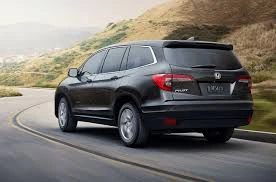The Honda HR-V Used is special in the subcompact SUV world. It mixes Honda’s great engineering with city-friendly design. Knowing about different model years is key when buying used.
Overview of Honda HR-V Generations
First Generation (2016–2022): Market Introduction and Evolution
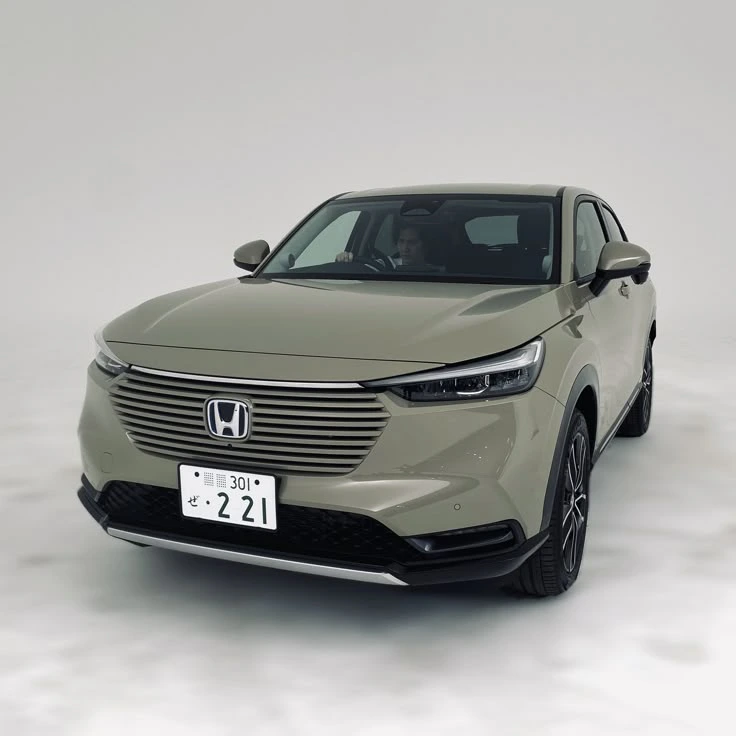
Honda’s first HR-V was a big hit in America’s subcompact SUV market. It was known for smart space use and Honda’s reliability. This first generation made the HR-V a smart choice over hatchbacks.
The Honda HR-V used Honda’s Global Small Car Platform. This made it easy to drive in the city but still strong. Inside, it was all about being useful, not fancy.
Exemplary Model Years: The 2018 model brought new tech and better suspension. It drove smoother. The 2019 update made controls easier to use and quieted the car better.
Problematic Years: The 2016 and 2017 models had slow infotainment and weak acceleration. They were hard to use and slow to start.
Second Generation (2023–Present): Platform Evolution and Modern Sophistication
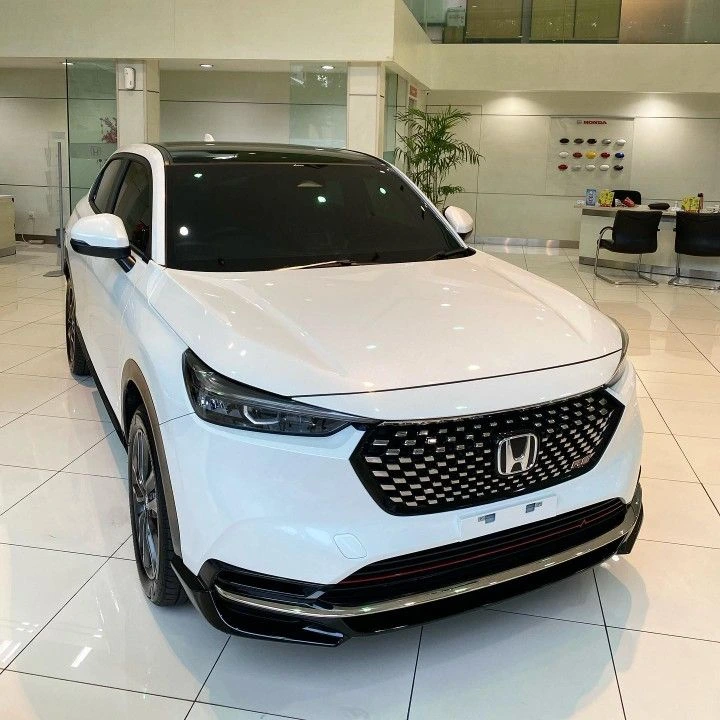
The new Honda HR-V uses Honda’s Civic platform. This makes it better in every way. It’s stronger and drives better than before.
The inside is nicer, with soft-touch surfaces and better fit. It looks modern but still has the HR-V’s unique style. It also has more safety features now.
This new generation is more expensive used. It’s because it’s newer and more wanted.
Advantages of Honda HR-V Used
Exemplary Reliability Heritage
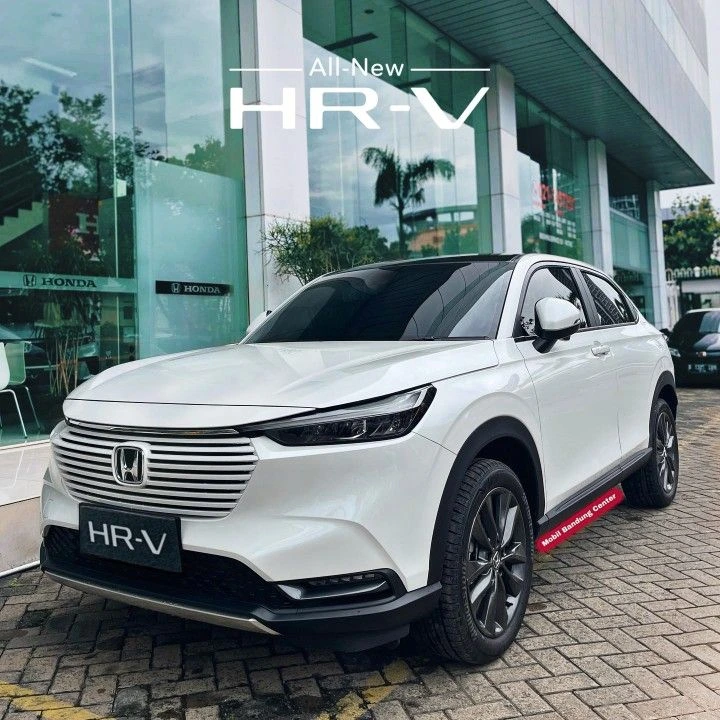
Honda HR-Vs are known for lasting a long time. They rarely need big repairs, even at high miles. This makes them a good deal for those watching their budget.
Ingenious Interior Versatility
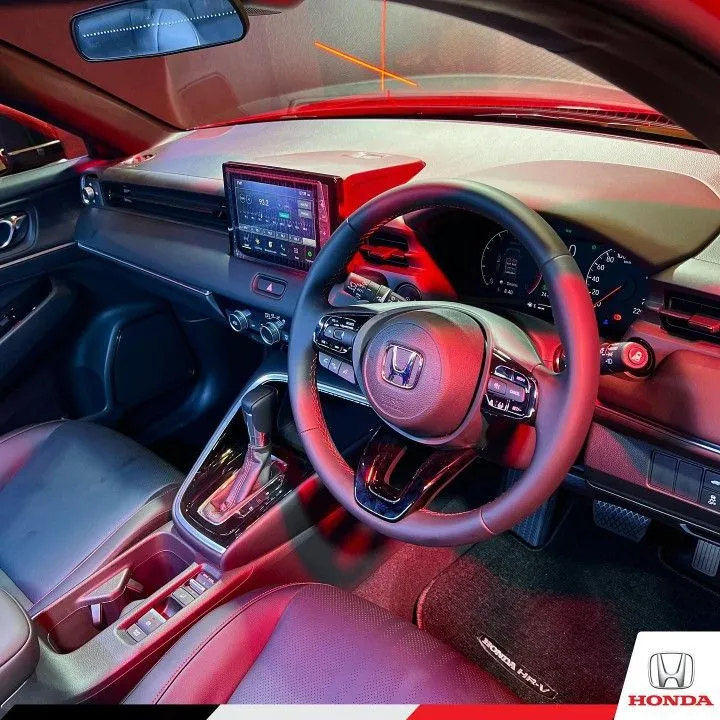
The first Honda HR-V Used had “Magic Seats” that changed how you use space. You can flip up the rear seats for tall items. It’s practical without sacrificing comfort.
Robust Resale Value Retention
The Honda HR-V Used holds its value well. It’s popular, so it sells for a good price. This makes it a smart buy for resale.
Commendable Fuel Efficiency
The HR-V gets great gas mileage. Its engine and CVT work together for better fuel use. The hybrid version is even better for the planet.
The Not-So-Good: Disadvantages to Consider
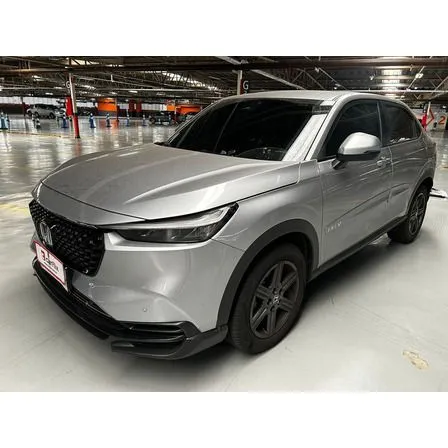
Underwhelming Performance Characteristics
The Honda HR-V Used can be slow to start, especially on highways. The CVT makes it efficient but not quick. Even the newer models aren’t perfect for fast driving.
Intrusive Cabin Noise Levels
Older HR-Vs let road noise in too much. Wind noise is also a problem at high speeds. The tires can be loud, depending on the road.
Infotainment System Limitations
Old touchscreens are slow and hard to use. They lack simple controls. Newer models are better but still have some issues.
Common First-Generation Inspection Points (2016–2022)
CVT Transmission Scrutiny
CVT units need careful upkeep to last long. Look for detailed service records. These should show regular fluid changes and software updates.
Take the car for a test drive. It should move smoothly without any weird sounds or slow starts.
Exterior Finish Evaluation
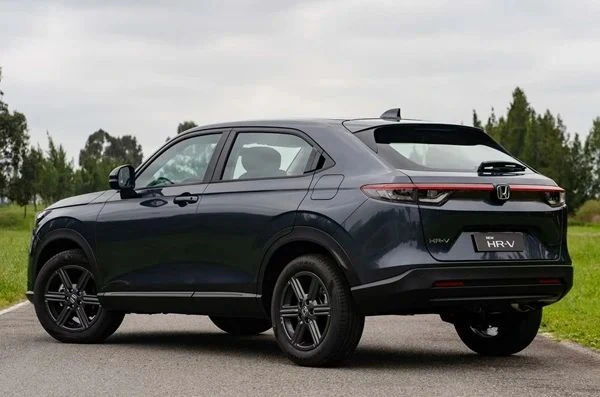
Some pearl white paints wore out fast. Look for bubbles and flakes around edges. Check door seals and window gaskets for sticking well.
Chrome parts might rust or peel off in bad weather.
Engine Performance Assessment
The car’s throttle should work well all the way. Some cars had odd idle issues or slow speeds. Electronic problems can mess with the car’s systems.
Investment Worthiness Analysis
A used Honda HR-V is a good deal for those who value reliability. It’s practical and has a smart design. But, it’s not for those who want fast cars.
Later models (2018-2022) are better balanced. They have good reliability and new features. The newer second-generation is fancier but costs more.
Looking at the car’s history and condition is key. It’s more important than the model year.
